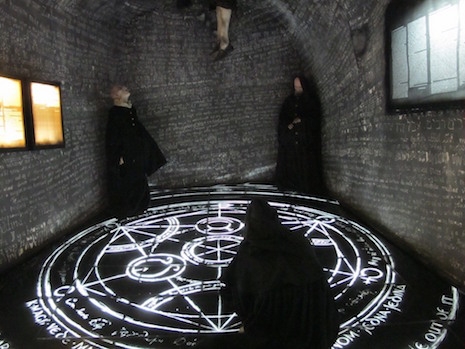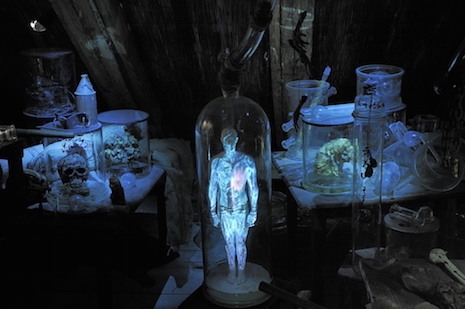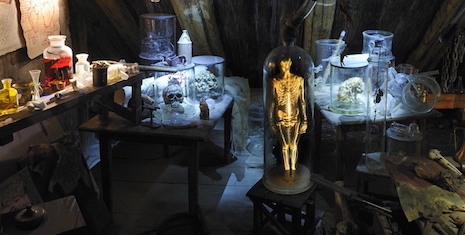
The renowned composer Nino Rota collected books and manuscripts on the occult. Rota was a child prodigy who went on to compose ten operas, five ballets and many, many choral and chamber pieces. He is now best known for his multi-award-winning film scores for The Godfather, Romeo and Juliet and Fellini’s 8½ and
When Rota died in 1979, a copy of a very strange occult manuscript Clavis Artis was discovered among his personal effects. Rota had purchased this illustrated text from a bookseller in Frankfurt. After his death it was donated to the Biblioteca dell’Accademia Nazionale dei Lincei where it can still be found today.
Rota’s copy of Clavis Artis is one of only three editions of the manuscript being currently held in Italy and Germany—only two of which are illustrated.
The Clavis Artis is an alchemical manuscript believed to have been produced in the late 17th or early 18th century—though the title page states the book was written in 1236 AD. The text is attributed to “Zoroaster (“Zarathustra”) the rabbi and Jew” who claimed to have written the book over “a dragon skin.”
R. et AC
Secret key for many covert operations
In the animal kingdom, the kingdom of metals
and minerals
CORPUS. SOUL. SPIRITUS.Zoroaster
the rabbi and Jew
Clavis Artis
Part one
The original was written by the author
over a dragon skin
World Year
1996
Following text was translated
from Arabic into German
in the Year of Christ
1236
from
SVFR and AC
Zoroaster’s manuscript details various rites and practices relating to alchemy. It has been suggested the text may have been lifted from an earlier work, while its author “Zoroaster” may have been Abraham Eleazar—an occultist who wrote another alchemical text L’Uraltes Chymisches Werk in 1735. However both these manuscripts contain imagery to be found in an even earlier alchemical manuscripts by Nicolas Flamel—the man who allegedly found the Philosopher’s Stone.
Whatever the book’s provenance it is fair to say these illustrations from Clavis Artis are quite beautiful and strange.
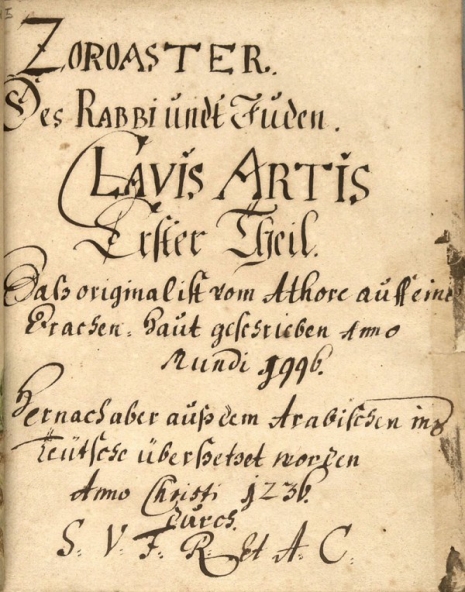
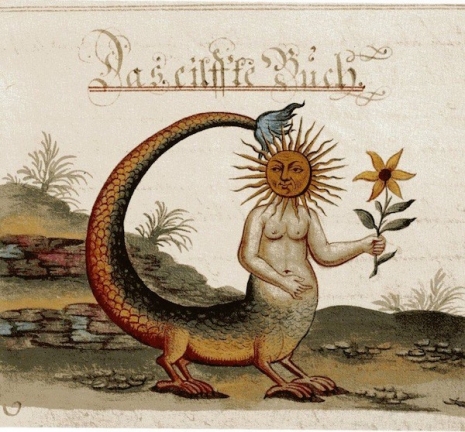
More magical illustrations from the ‘Clavis Artis,’ after the jump…







